Vigelan® Pen (Retatrutide)
Vigelan® in injection contains Retatrutide, a single peptide with agonist
activity at the glucose-dependent insulinotropic polypeptide (GIP), GLP-1 and
glucagon receptors, is indicated as:
• an adjunct to diet and exercise to improve glycemic control in adults with
type 2 diabetes mellitus
• to reduce the risk of major adverse cardiovascular events in adults with
type 2 diabetes mellitus and established cardiovascular disease
• to reduce fatty liver infiltration and markers of liver inflammation
• to reduce body weight and body fat, which is both an independent goal and a
way to objectively control the effectiveness of type 2 diabetes therapy
WARNING!!! Not for treatment of type 1 diabetes mellitus.
MECHANISM OF ACTION
Retatrutide (
Vigelan®) is a 39 amino acid single peptide with triple
agonist activity at the glucagon receptor (GCGR), glucosedependent
insulinotropic polypeptide receptor (GIPR), and glucagon-like peptide-1 receptor
(GLP-1R). The backbone is conjugated to a C20 fatty diacid moiety at position
17.
Retatrutide has a Glucose-dependent insulinotropic polypeptide (GIP) peptide
backbone, which then contains three non-coded amino acids. Aib2 (α-amino
isobutyric acid) residues at positions 2 and 20 provide stability against
Dipeptidyl Peptidase 4 (DPP4) cleavage and contribute to GIP activity. αMeL13
(α-methyl-L-leucine)at position 20 also contributes to GIP and glucagon
activity.
PHARMACODYNAMICS
Retatrutide lowers fasting and postprandial glucose concentration, decreases
food intake, and reduces body weight in patients with type 2 diabetes mellitus.
Retatrutide enhances the first- and second-phase insulin secretion. By acting on
glucagon receptors, Retatrutide stimulates hepatic glucose production and helps
maintain adequate plasma glucose concentrations.
Insulin Sensitivity and secretion
Retatrutide restores each link of the insulin chain, insulin secretion increases
in both the first and second phases, and at the same time insulin sensitivity
increases. The balance between sensitivity and secretion is achieved through
feedback.
Glucagon Secretion
Retatrutide lowers the fasting and postprandial glucagon concentrations. By
competing with the endogenous ligand, Retatrutide activates the glycogen
receptor by only 30% compared to it.
Gastric Emptying
Retatrutide significantly increases the time of gastric emptying, which extends
the time and makes the flow of glucose into the blood more uniform. Delayed
absorption of food helps reduce food intake and harmonize the diet. This effect
is dose-dependent and is most noticeable when taking the first dose.
Reduction of steatosis and liver fibrosis markers
Retatrutide reduces the fat content in the liver. Already at 24 weeks, a marked
reduction in fat is observed, and by 48 weeks, localization of areas of fatty
infiltration with a decrease in the inflammatory reaction is noted. Treatment
with Retatrutide improved several markers of insulin resistance at 24 and
48 weeks, with greater changes at week 48. Several biomarkers associated with
lipid storage and metabolism were significantly changed by Retatrutide
treatment. At 24 and 48 weeks, significant reductions in fasting triglycerides
were observed with Retatrutide doses of 4 mg or greater versus placebo.
Reduction of steatosis and liver fibrosis markers
Treatment with Retatrutide was associated with improvements in cardiometabolic
measures (exploratory endpoints) including systolic and diastolic blood
pressure,
triglycerides, LDL-cholesterol, total cholesterol and HbA1c.
EFFICIENCY BASED ON RESEARCH DATA
The TRIUMPH effectiveness research program (Phases 1 and 2) evaluated the
safety and efficacy of Retatrutide for chronic weight management, obstructive
sleep apnea (OSA), and knee osteoarthritis (OA) in obese and overweight people.
At 24 weeks, Retatrutide (1 mg, 4 mg, 8 mg or 12 mg) met the primary endpoint
for the efficacy estimand in participants living with obesity or overweighti
without diabetes, demonstrating a mean weight reduction up to 17.5% (41.2 lb. or
18.7 kg). In a secondary endpoint, Retatrutide demonstrated a mean weight
reduction up to 24.2% (57.8 lb. or 26.2 kg) at the end of the 48-week treatment
duration.
Participants were randomly assigned in a 2:1:1:1:1:2:2 ratio (with
stratification according to sex and BMI [<36 or ≥36]) to receive Retatrutide
at
a dose of 1 mg, 4 mg with an initial dose of 2 mg, 4 mg with an initial dose of
4 mg, 8 mg with an initial dose of 2 mg, 8 mg with an initial dose of 4 mg, or
12 mg with an initial dose of 2 mg or to receive placebo — all administered
subcutaneously once weekly for 48 weeks. After the 48-week treatment period,
participants proceeded to a 4-week safety follow-up period. All the participants
received a lifestyle intervention, including regular counseling sessions that
were delivered by a dietitian or qualified health care professional and were
based on U.S. government guidelines for a healthy diet and physical activity.
The protocol did not require a specific energy deficit for the diet.
The following results were obtained:
֍ Weight loss at 24 weeks was
• 7.2% in the 1 mg group
• 11.8% in the 4 mg group with an initial dose of 2 mg
• 13.9% in the 4 mg group with an initial dose of 4 mg
• 16.7% in the 8 mg group with an initial dose of 2 mg
• 17.9% in the 8 mg group with an initial dose of 4 mg
• 17.5% in the 12 mg group with an initial dose of 2 mg
• 1.6% in the placebo group
֍ Weight loss at 48 weeks was
• 8.7% in the 1 mg group
• 16.3% in the 4 mg group with an initial dose of 2 mg
• 17.8% in the 4 mg group with an initial dose of 4 mg
• 21.7% in the 8 mg group with an initial dose of 2 mg
• 23.9% in the 8 mg group with an initial dose of 4 mg
• 24.2% in the 12 mg group with an initial dose of 2 mg
• 2.1% in the placebo group
֍ At 48 weeks, a weight reduction
• 5% or more had been reached in 92% of the participants who
received 4 mg of Retatrutide (at either starting dose), 100% of those who
received 8 mg (at either starting dose), 100% of those who received 12 mg
• 10% or more had been reached in 75% of the participants who
received 4 mg of Retatrutide (at either starting dose), 91% of those who
received 8 mg (at either starting dose), 93% of those who received 12 mg
• 15% or more had been reached in 60% of the participants who
received 4 mg of Retatrutide (at either starting dose), 75% of those who
received 8 mg (at either starting dose), 83% of those who received 12 mg
֍ In the 12 mg Retatrutide group
after 48 weeks 26% of the participants had a
body-weight reduction of 30% or
more
֍ The mean changes in waist
circumference with Retatrutide ranged from −6.5 cm to −19.6 cm, as compared with
−2.6 cm with placebo
֍
Female participants
experienced greater average weight loss than male participants. At the 8
mg
dose (starting dose 4 mg) and 12 mg dose of Retatrutide, the average weight loss
among women was 28.5% and 26.6%, while in men it was 19.8% and 21.9%.
֍
Participants with a BMI of 35 or
higher had a greater mean percentage weight reduction with Retatrutide than
did
those with a BMI of less than 35. With the 8 mg dose (initial dose, 4
mg)
and the 12 mg dose of Retatrutide, the mean weight reduction among participants
with a BMI of 35 or higher was 26.5% and 26.4%, respectively, as compared with
21.3% and 21.5% among participants with a BMI of less than 35.
֍ Reductions in the low-density
lipoprotein cholesterol level of approximately 20%
֍ 72% of the participants who had
prediabetes at baseline reverted to normoglycemia with Retatrutide treatment. In
addition, weight reductions among the participants who received Retatrutide were
accompanied by improvements in cardiometabolic measures, including waist
circumference, systolic and diastolic blood pressure, and glycated hemoglobin,
fasting glucose, insulin and lipid levels (with the exception of HDL
cholesterol).
Improvements in blood pressure within the 48-week treatment period resulted
in discontinuation of at least one antihypertensive medication in 41% of the
participants in the combined 8 mg group and in 30% of the participants in
the 12
mg group.
These results indicate an unusually high degree of
efficacy compared with results from clinical trials of
other anti-obesity
agents, although they were conducted with the addition of bariatric and
metabolic surgery. Furthermore, participants who were receiving
Retatrutide
continued to lose weight until treatment was stopped at 48 weeks, and the
trajectory of the weight-reduction curves indicated that a plateau had not
yet
been reached. These results may also prompt reconsideration of whether a
weight
loss of 5% or more remains the optimal goal for the treatment of obesity, or
whether treatment goals should be reconsidered in the context of the
magnitude
and quality (i.e., in terms of body composition) of weight loss, specific
BMI or
percentage body fat targets (rather than percentage weight change), and
health
effects.
Given that participants continued to lose weight at the end of the
trial, we speculate that greater weight loss may be observed with
continued
use of Retatrutide.
DOSAGE AND ADMINISTRATION
Dosage
• The recommended starting dosage of Vigelan® (Retatrutide) is 2 mg injected
subcutaneously once weekly. This dose is necessary at the beginning of treatment
to minimize the negative sensations of slow digestion and to identify individual
reactions.
• After 2 weeks, increase the dosage to 4 mg injected subcutaneously once
weekly.
• If 4 mg is well tolerated and additional glycemic control is needed or a
greater emphasis on weight loss is required, the dosage can be increased further
at 1 mg intervals every 2 weeks. If you need to inject more than 4 mg, you can
give several injections in different areas no closer than 5 centimeters.
•
The maximum dosage of Vigelan® (Retatrutide) is 8 mg.
• If a dose is missed, instruct patients to administer Vigelan® as soon as
possible within 4 days (96 hours) after the missed dose. If more than 4 days
have passed, skip the missed dose and administer the next dose on the regularly
scheduled day. In each case, patients can then resume their regular once weekly
dosing schedule.
• The day of weekly administration can be changed, if necessary, as long as
the time between the two doses is at least 3 days (72 hours).
Important Administration Instructions
• Administer Vigelan® once weekly, any time of day, with or without meals.
• Inject Vigelan® subcutaneously in the abdomen, thigh, or upper arm.
• Rotate injection sites with each dose.
• When using Vigelan® with insulin, administer as separate injections and
never mix. It is acceptable to inject Vigelan® and insulin in the same body
region, but the injections should not be adjacent to each other. The mechanism
of action of Vigelan® makes insulin dose adjustment necessary.
CONTRAINDICATIONS AND ADVERSE REACTIONS
The safety profile of Retatrutide was consistent with reported phase 1
findings in persons with type 2 diabetes and similar to those of therapies based
on GLP-1 or GIP–GLP-1 for the treatment of type 2 diabetes or obesity. Decreased
appetite, nausea, constipation or diarrhea may occur. A significant decrease in
the speed of digestion and a feeling of fullness in the stomach. Transient,
mostly mild-to-moderate gastrointestinal events were the most frequently
reported adverse events, occurring primarily during dose escalation. The
frequency of these adverse events was higher in the 8 mg and 12 mg dose groups
than in the other dose groups and was higher among participants who received an
initial dose of 4 mg than among those who received an initial dose of 2 mg.
Glucagon and GLP-1 can exert positive chronotropic and inotropic effects on
the heart. The heart rate increased with Retatrutide treatment in a
dose-dependent manner, peaking at 24 weeks, followed by a decline at 36 and 48
weeks; the increases were similar to those reported for GLP-1 receptor agonists.
Cases of altered or enhanced skin sensation were mild to moderate in severity
and did not lead to discontinuation of treatment; these events did not appear to
be related to the magnitude or rate of weight loss.
Vigelan® is contraindicated in patients with:
• A personal or family history of medullary thyroid carcinoma (MTC) or in
patients with Multiple Endocrine Neoplasia syndrome type 2 (MEN 2)
• Known serious hypersensitivity to Retatrutide or any of the excipients in
Vigelan®. Possible hypersensitivity reactions. If there is a tendency to
allergic reactions, it is recommended to conduct a subcutaneous test with 0.5 mg






 Fake Alert
Fake Alert



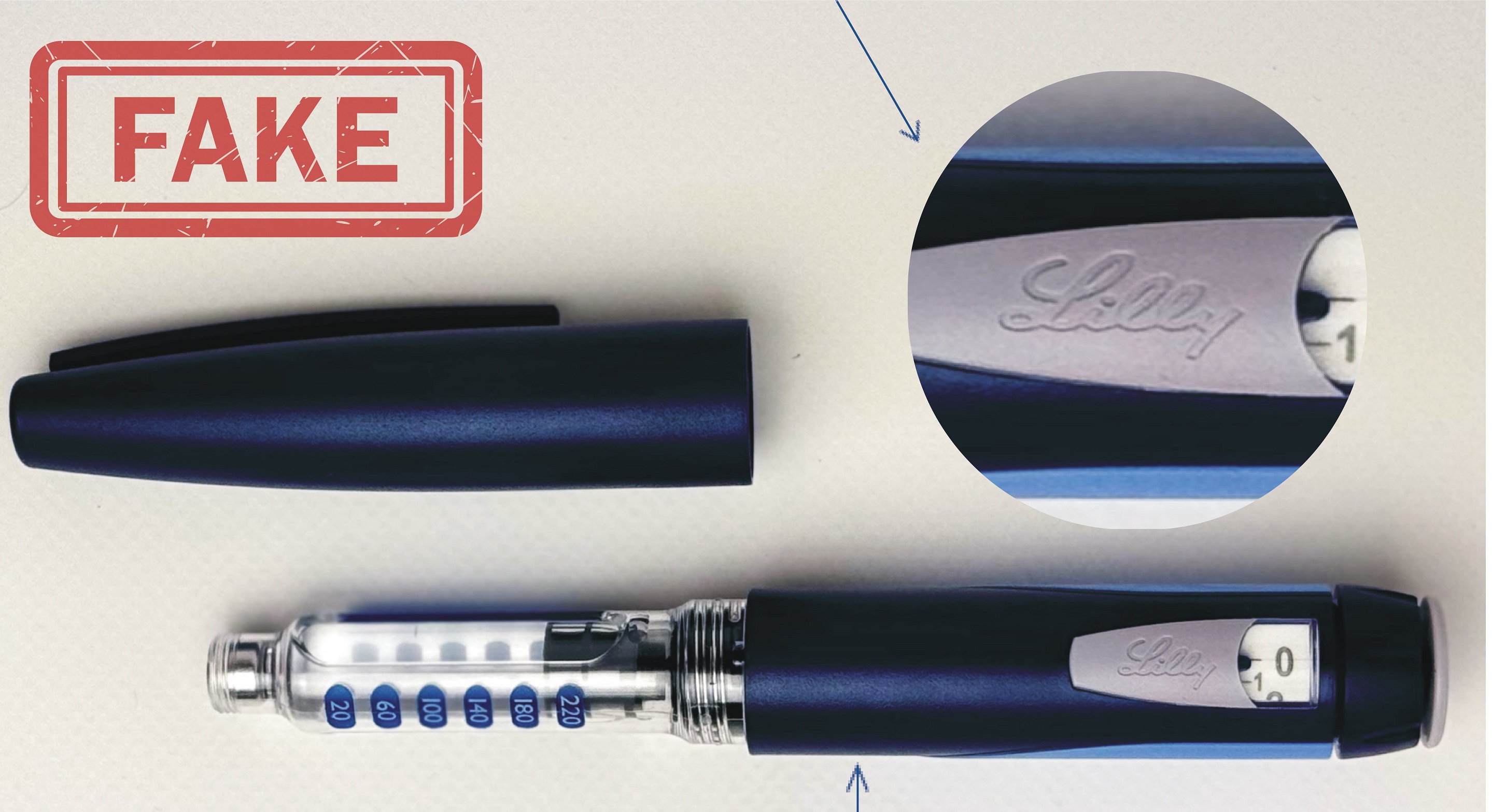

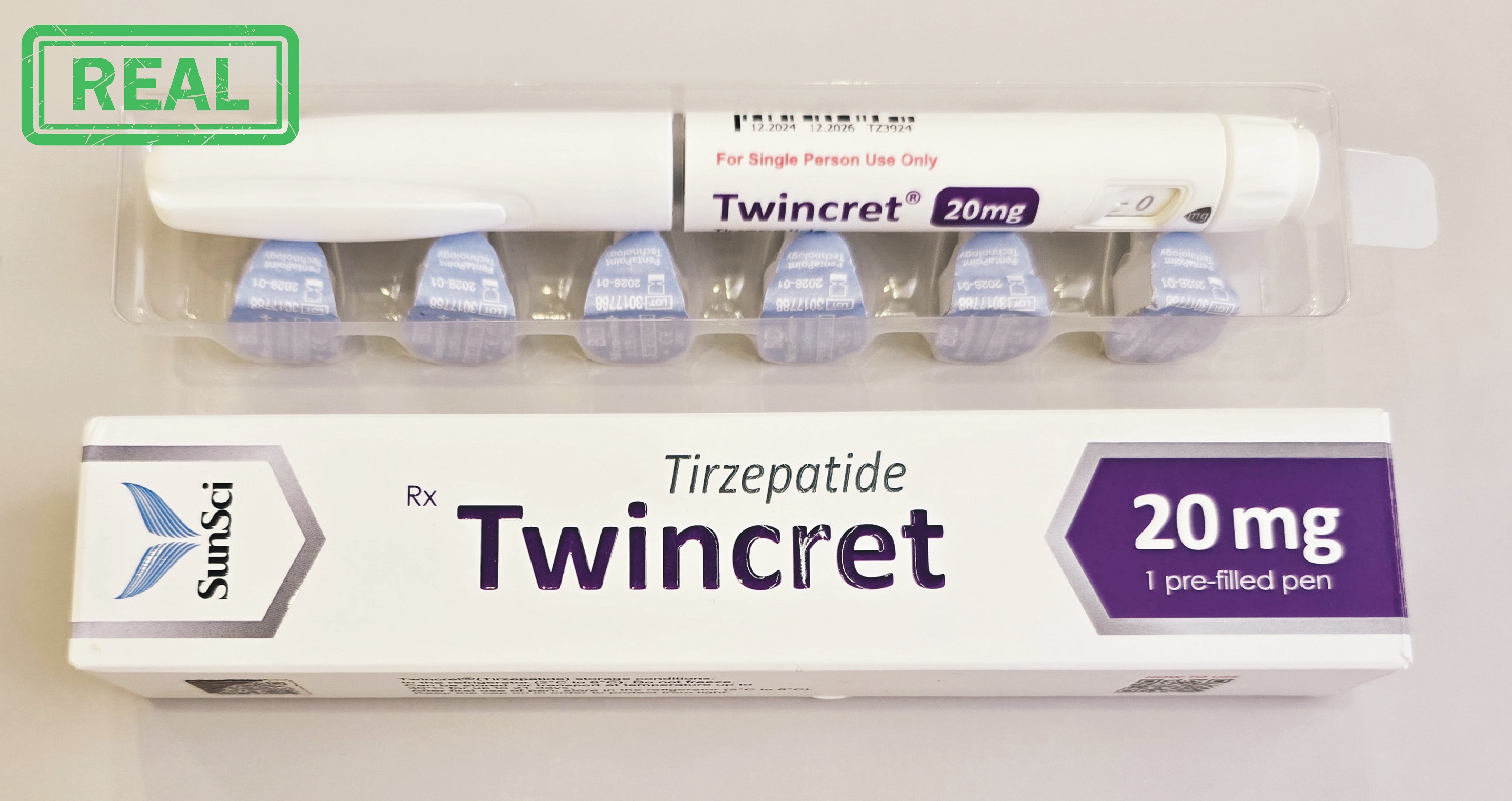
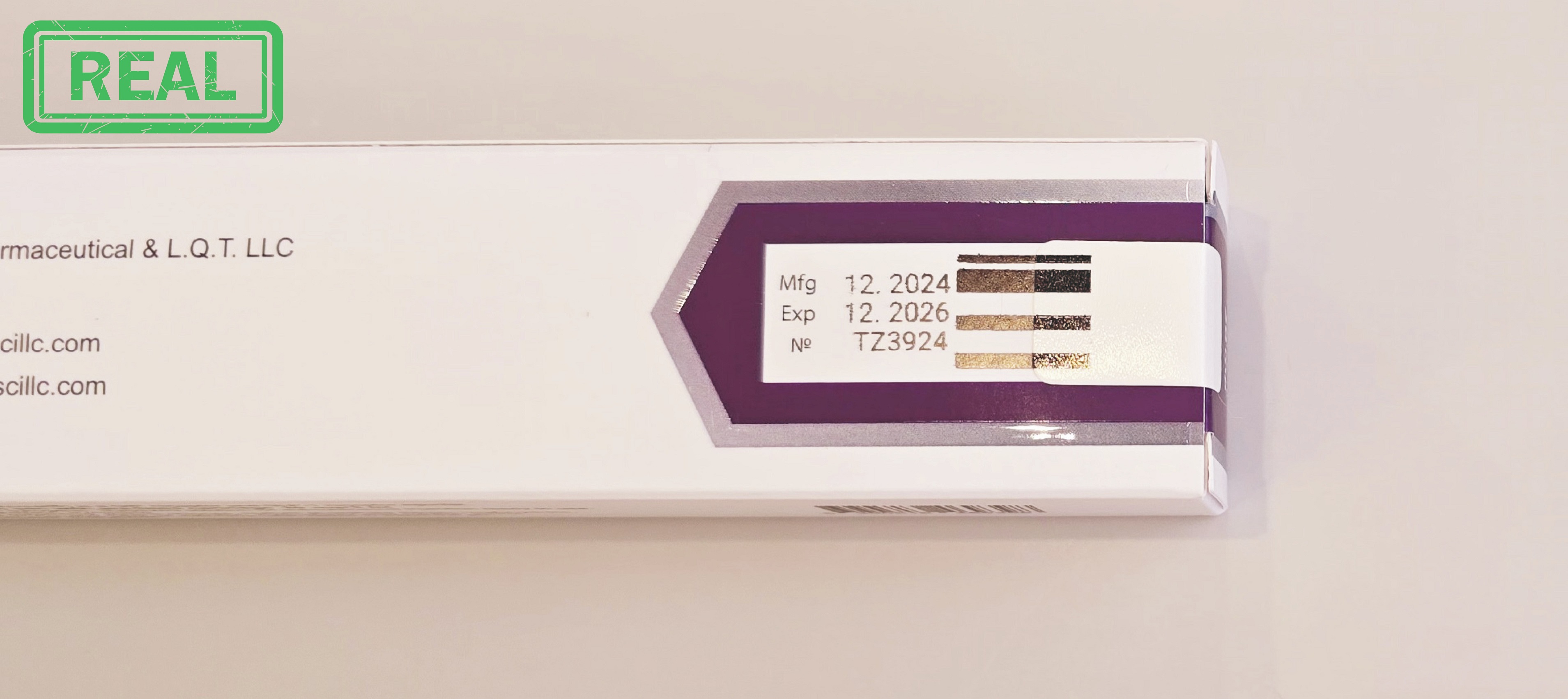
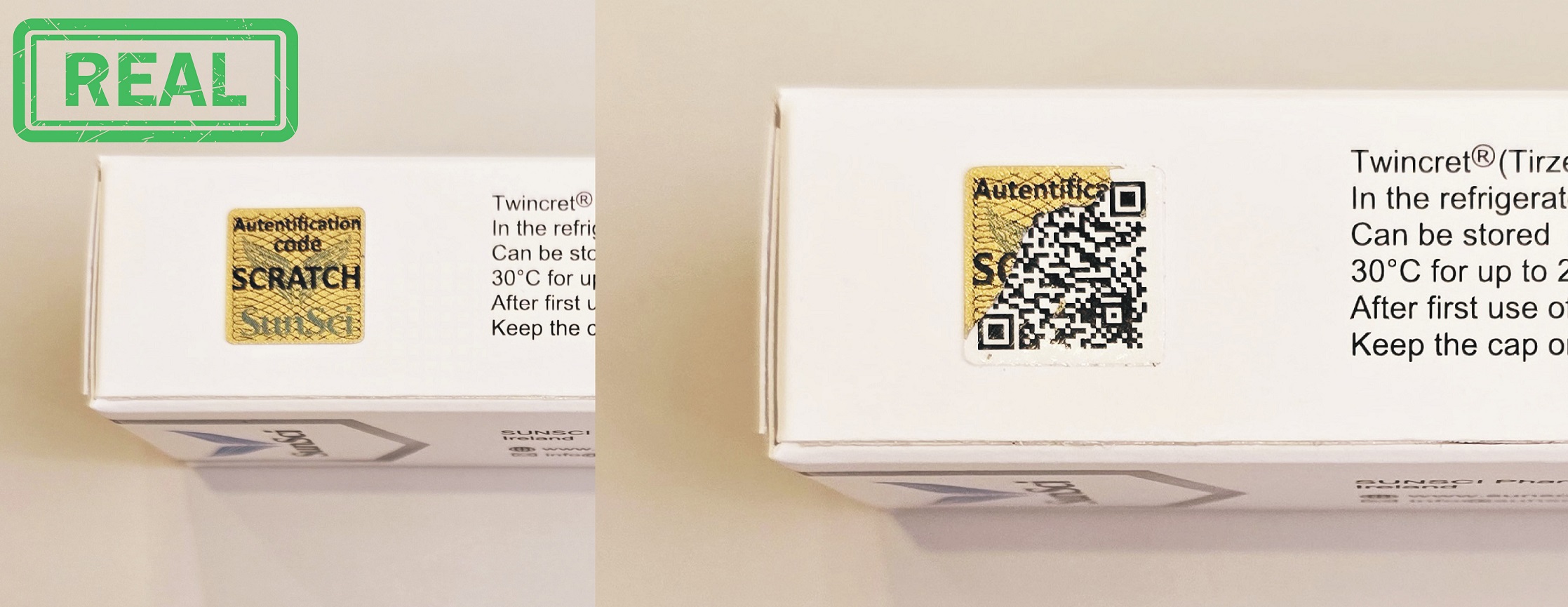


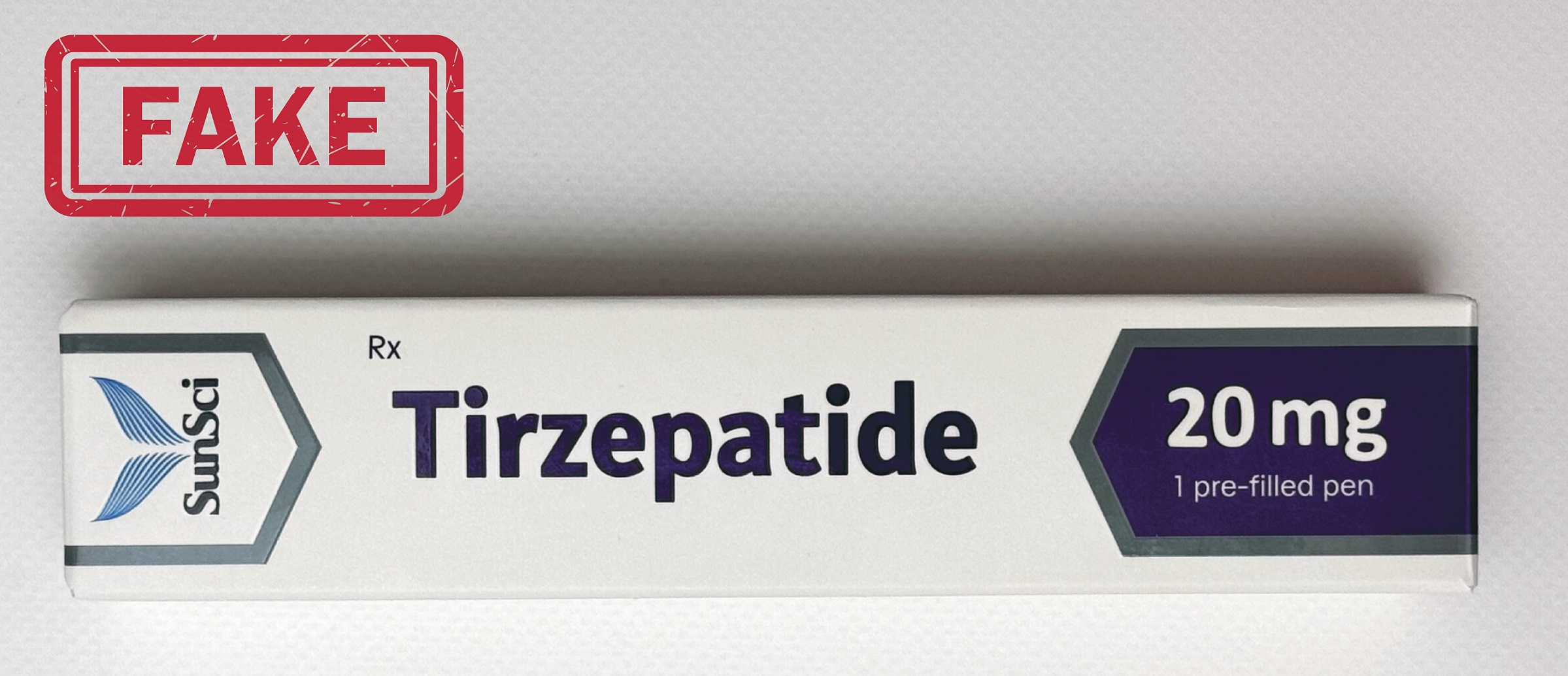
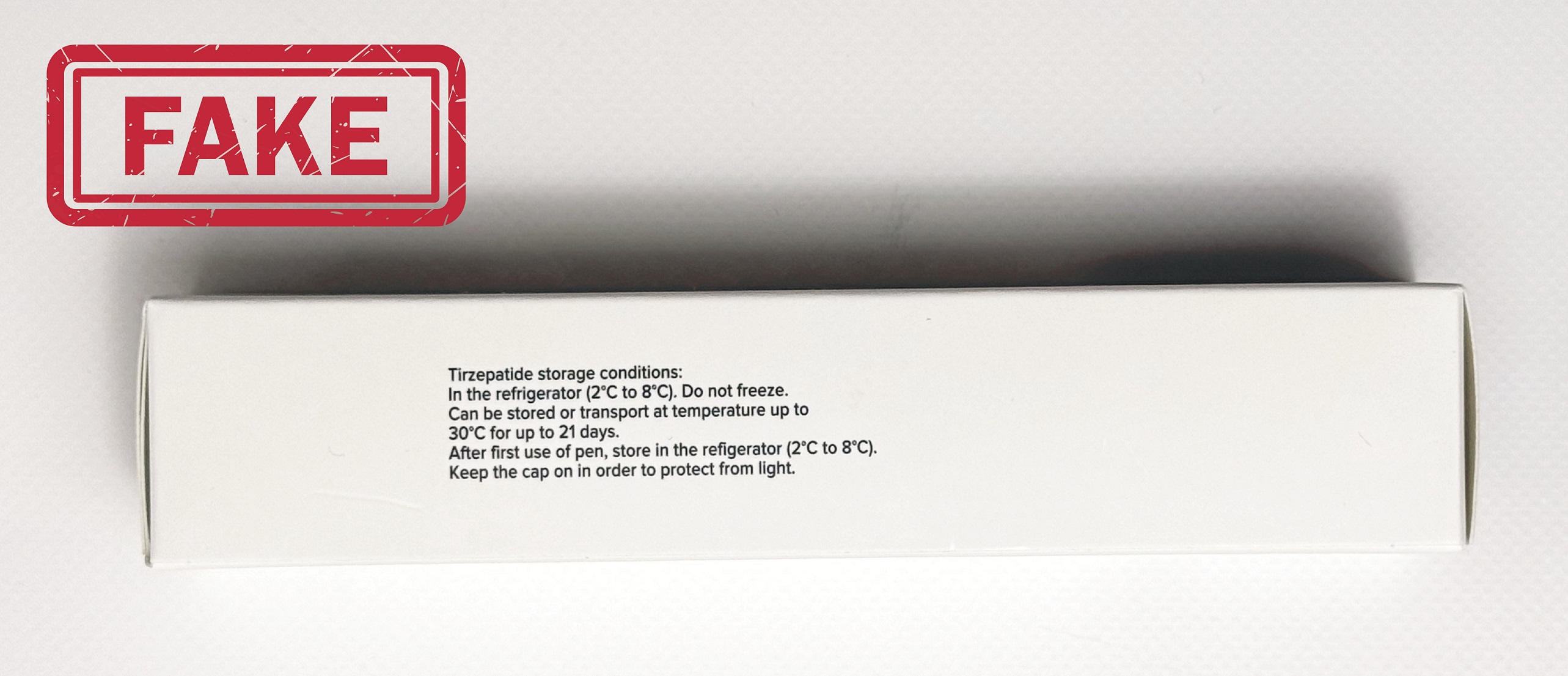













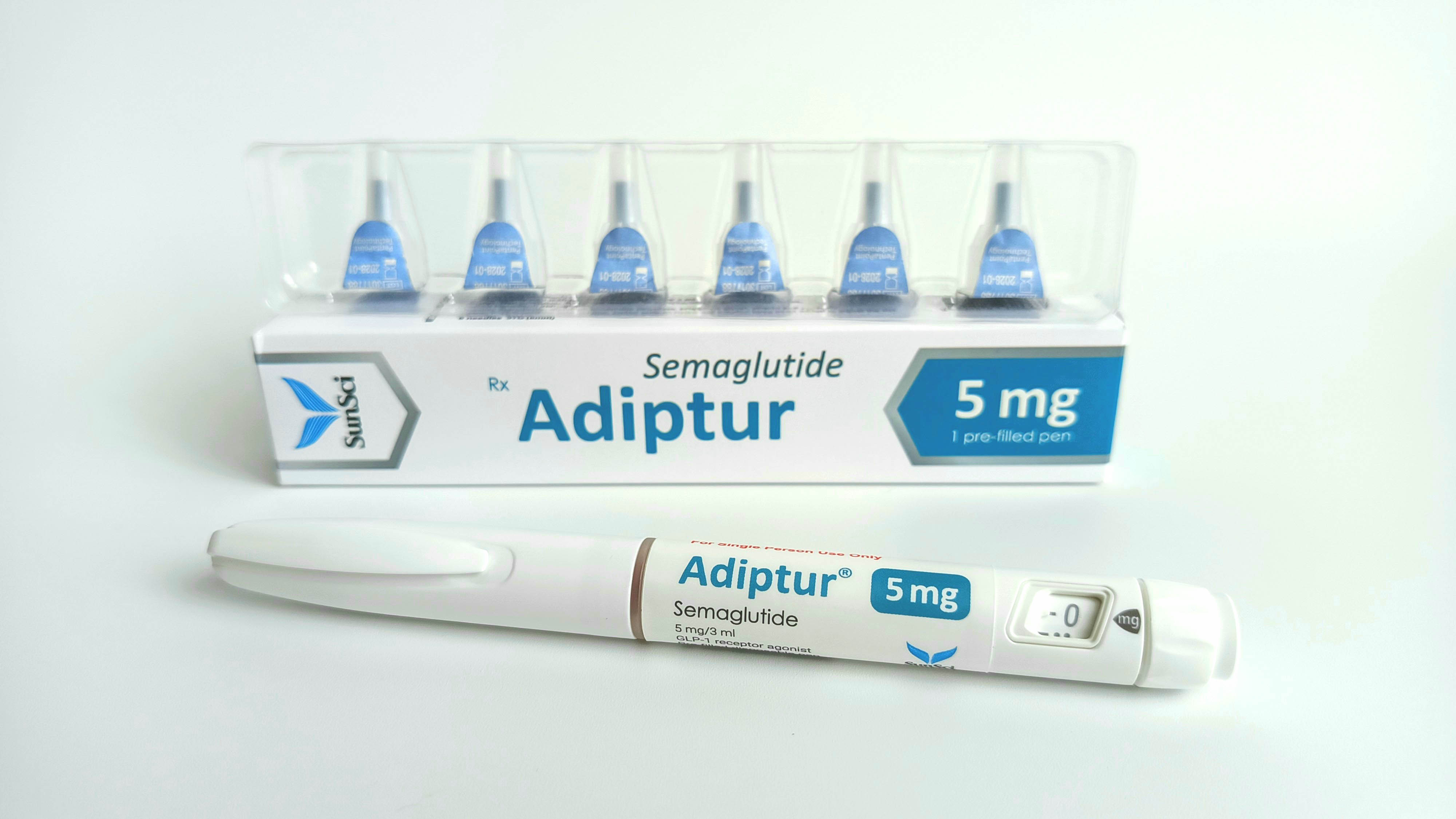 Adiptur® Pen
Adiptur® Pen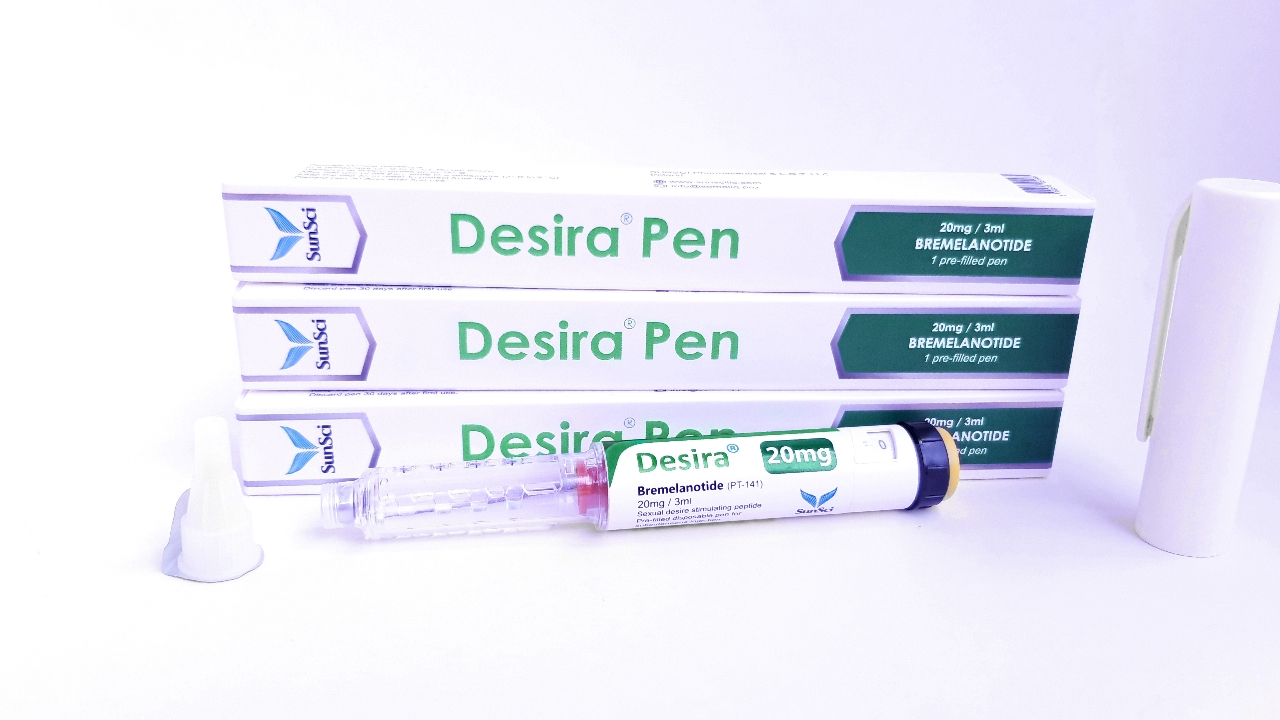 Desira® Pen
Desira® Pen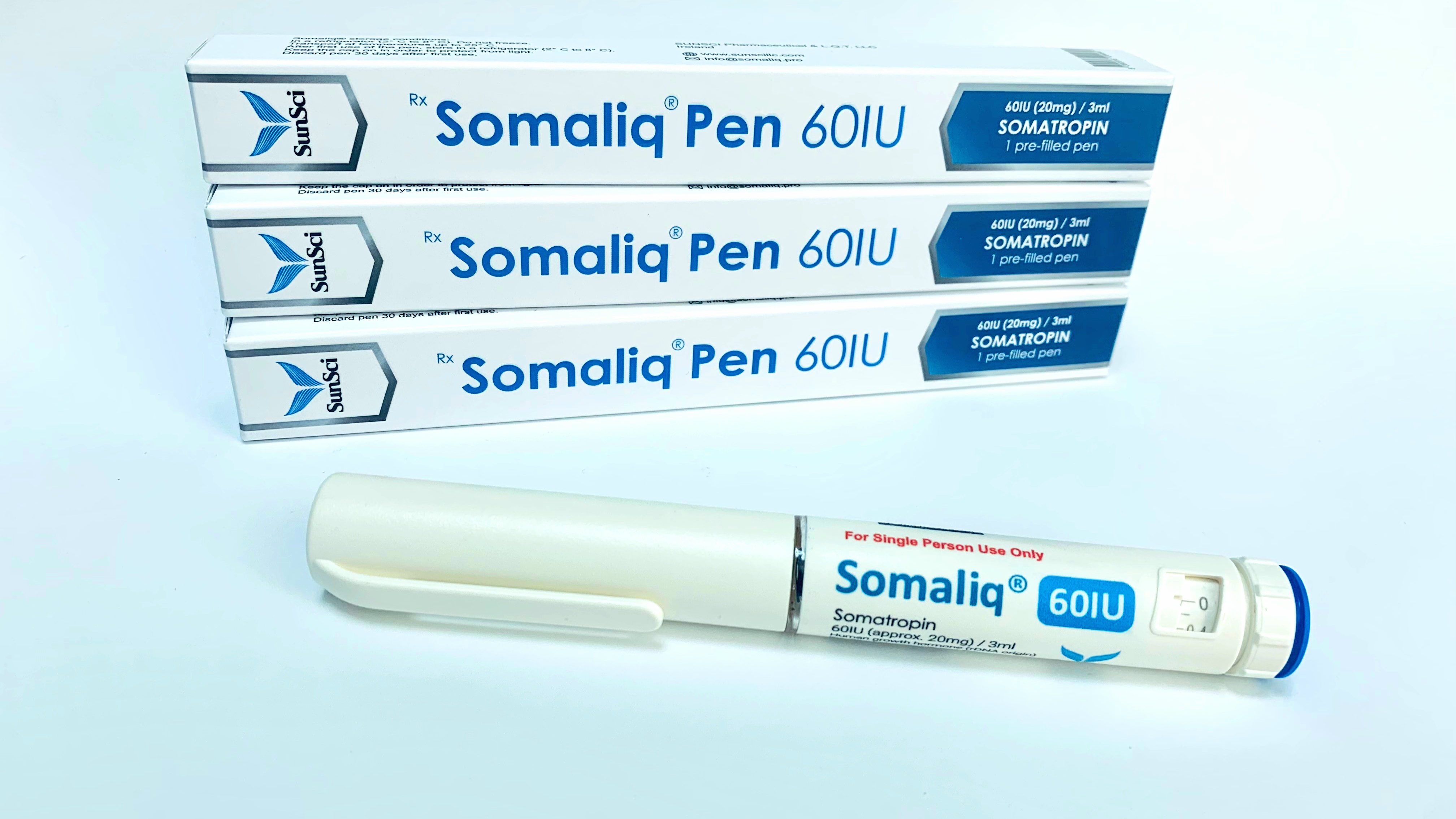 Somaliq® Pen
Somaliq® Pen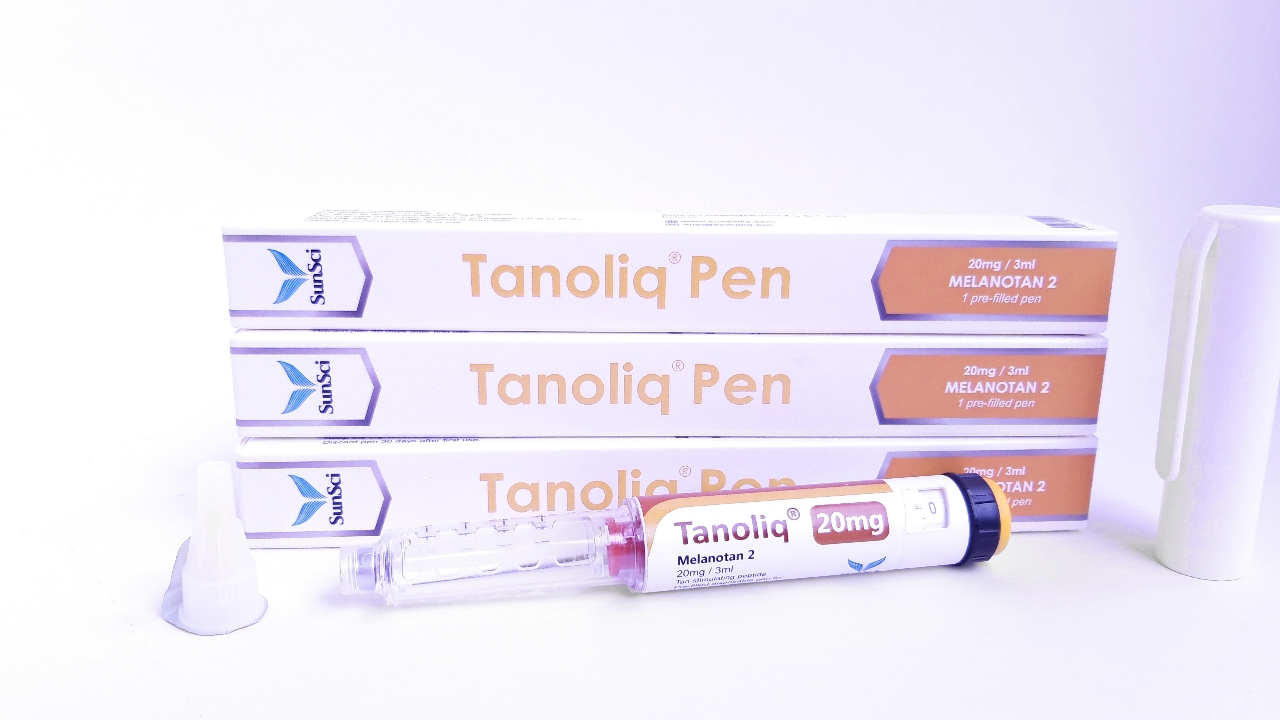 Tanoliq® Pen
Tanoliq® Pen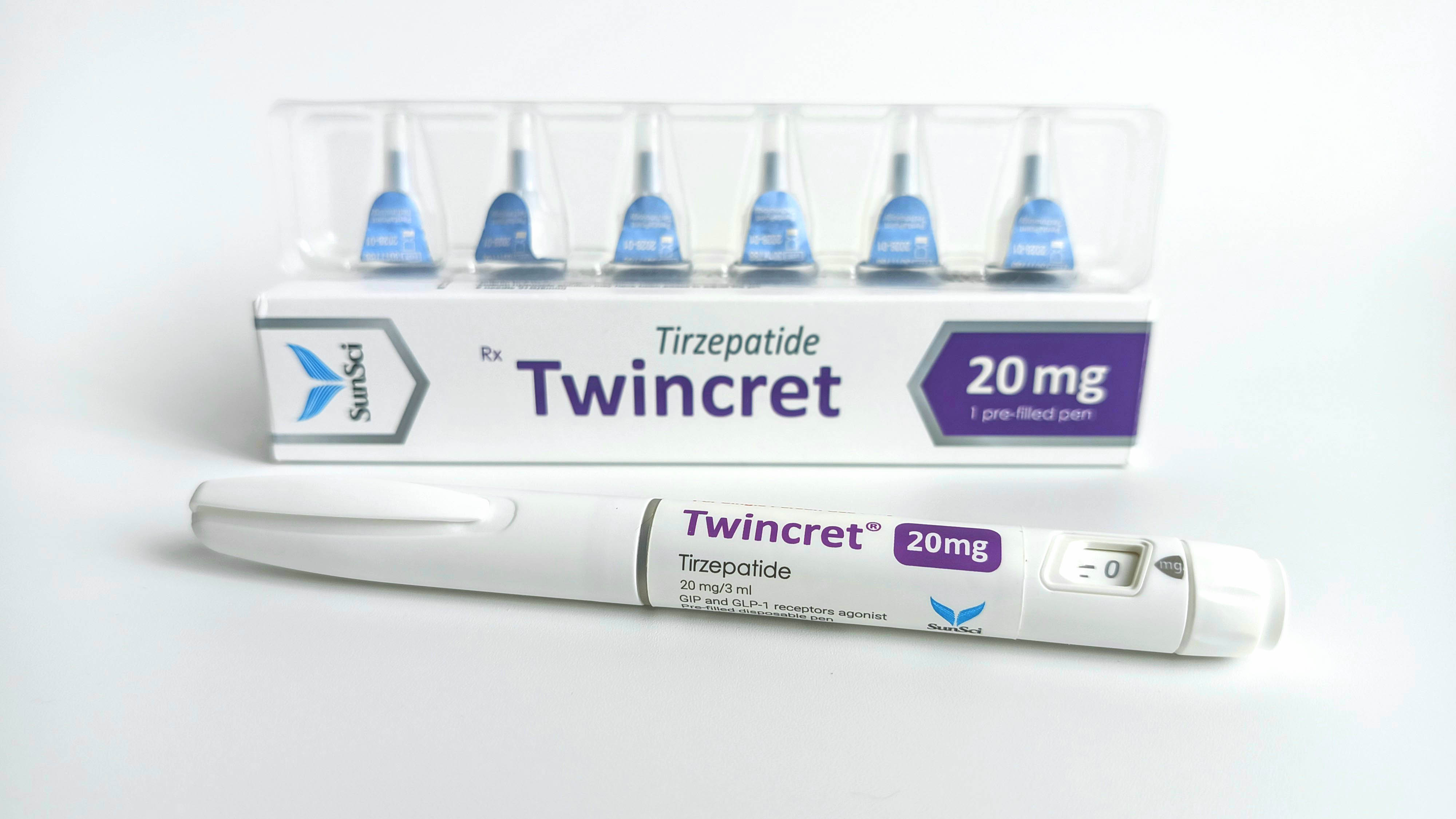 Twincret® Pen
Twincret® Pen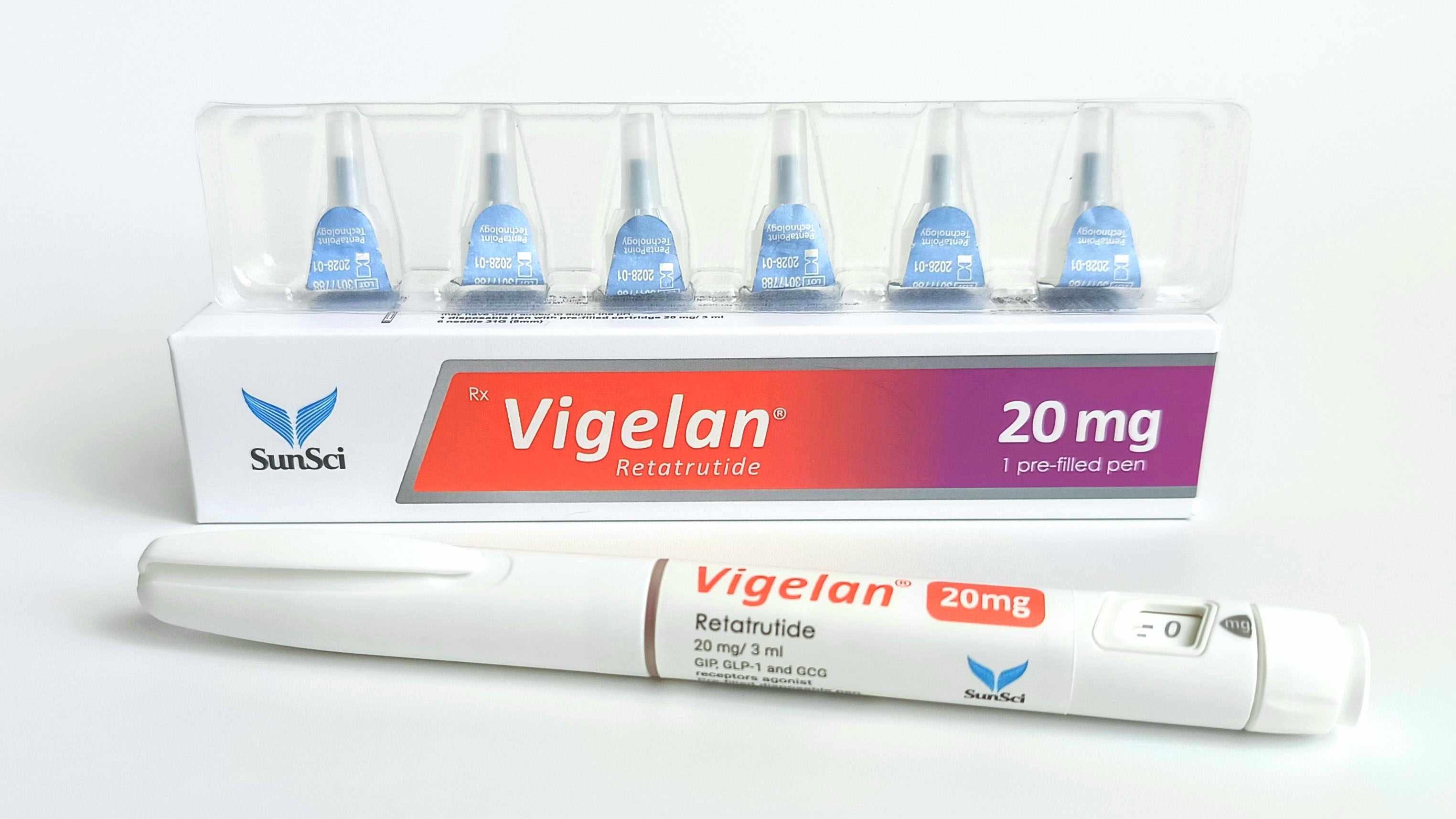 Vigelan® Pen
Vigelan® Pen













